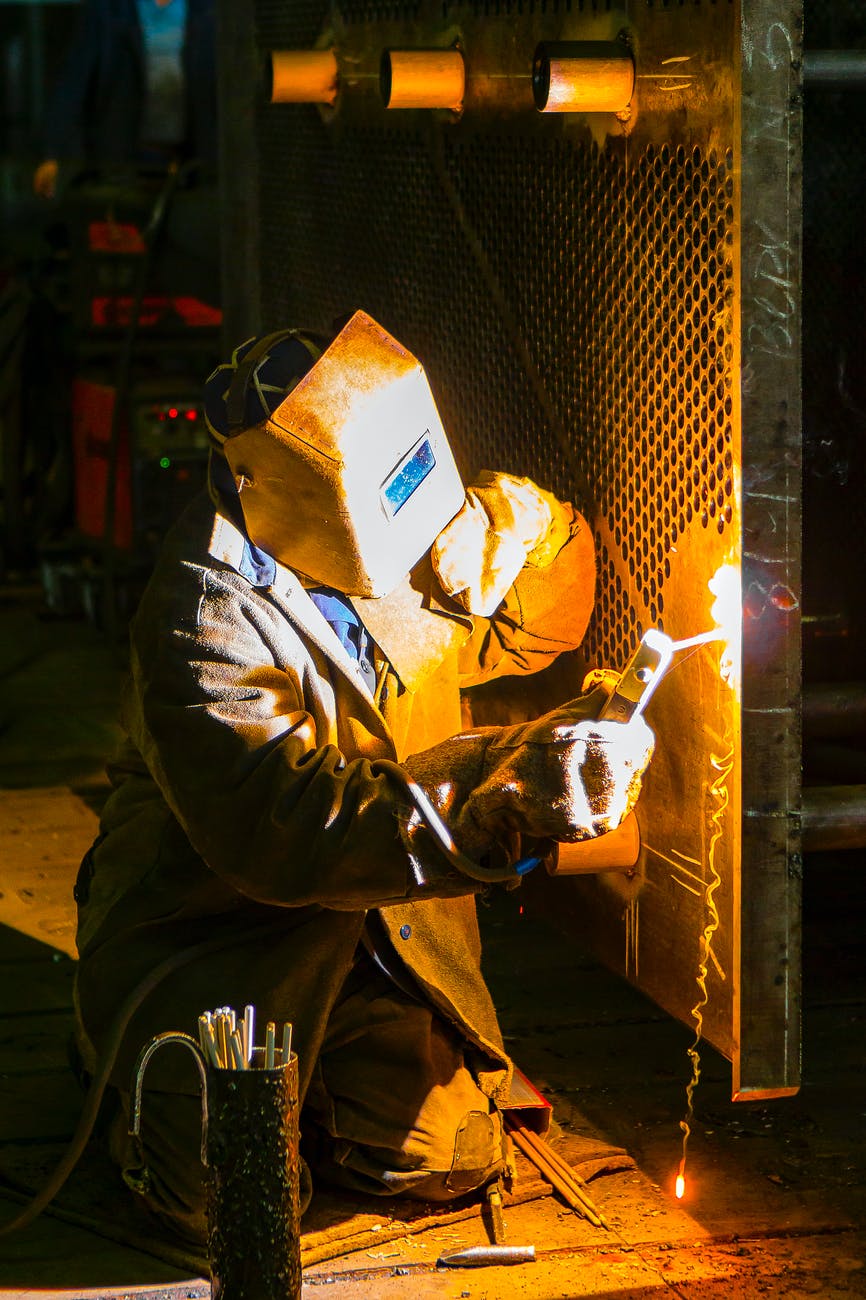Building amid the new normal
If you have a construction project stalled by the lockdown implemented in Luzon starting mid-March, you may now have a reason to celebrate.
Based on a recent government announcement, selected infrastructure projects may continue in areas under modified enhanced community quarantine (ECQ) and general community quarantine (GCQ). These projects refer to essential and priority public and private construction projects which include but are not limited to food production, agriculture, energy, housing, manufacturing and water facilities. Small scale projects, however, are still not allowed under modified ECQ.
Under the guidelines issued by the Department of Public Works and Highways (DPWH), priority projects deemed necessary to supply basic human needs can likewise resume construction, whether initiated by public or private entities.
This partial resumption of the building industry, however, comes with a price. For a project to continue or begin construction, safety standards have to be met.
While workplace safety rules were already required in the past, protective measures against diseases will now have to be implemented as well. If you’re one of those planning to proceed with a construction project in the near future, here are some of the things you have to keep in mind.
Hire workers of the right age
According to the Construction Safety Guidelines issued by the DPWH in relation to the pandemic, only workers aged 21 to 59 are allowed to work in construction. Besides age restriction, however, workers must also be in the pink of health. This means that they should not have pre-existing health conditions and exposure to COVID-19 patients in the past.
Article continues after this advertisementCertain employees or consultants who are 60 years or older may be allowed to work under certain special conditions. These conditions are stipulated under a separate document entitled “Omnibus Guidelines on the Implementation of Community Quarantine in the Philippines.”
Article continues after this advertisementTest all workers for COVID-19
This requirement may elicit a groan from you if you’re going to foot the bill for this one, but it’s a necessary expense nowadays. According to the DPWH, construction workers have to undergo testing for COVID-19 before they can work. They may also have to be retested if they develop symptoms or are exposed during the course of the construction period. As required by the Department of Health, the tests must be carried out by accredited medical personnel.
Issue quarantine passes
Concerning concessionaires, contractors, subcontractors and suppliers, quarantine passes should be issued to ensure limited contact. These passes will be issued by the head of the concerned implementing office and shall cover transit of people, especially those moving between GCQ and ECQ areas. The passes will also be non-transferrable as the identification, nature of work, validity and designation of the person using the pass are required to be stipulated.
Practice standard hygiene, safety measures
As with any industry, construction workers have to limit contact, practice proper handwashing and keep themselves healthy.
Employers are required to provide vitamins, medicine, quarantine facilities and even oxygen tanks in case of emergencies. Face masks, which are already part of the standard personal protective equipment (PPE) of any construction worker, have to be worn at all times. A worker exhibiting symptoms of COVID-19 should be isolated and kept in quarantine for 14 days. If needed, said worker should be brought to a DOH COVID-19 treatment facility without his identity being revealed publicly.
For off-site workers and suppliers, disinfection and social distancing have to be observed as well.
Provide disinfection facilities onsite
To protect your personnel, it is now necessary to provide handwashing areas and other disinfection facilities in a construction site. Alcohol, soap and other cleaning products must be provided to prevent the spread of diseases among the workers. In addition, sufficient food and potable drinking water are needed to ensure healthy working conditions for all.
Frequently monitor workers’ health
To quickly identify a possible COVID-19 virus carrier, it is now necessary to monitor workers coming in and out of the site. Temperature checks, exposure monitoring and other health practices must be implemented to ensure workers remain safe during the course of the project. Besides the usual responsibilities, the safety officer onsite is also tasked in ensuring compliance with these preventive measures on a daily basis.
Be careful with material handling
For the delivery of construction materials, an isolation area must be provided where all materials and equipment must first be disinfected. Only a specific group of people should be assigned to handle the delivered goods first before they are cleaned. Contact with delivery personnel must be limited as much as possible. Shared office and construction equipment have to be disinfected in between uses.
Stagger work schedules, ban visitors
To limit the number of people onsite, the DPWH mandates clustered and staggered work schedules. These schedules should be strictly monitored to allow easy contact tracing should the need arise. Non-essential workers and visitors should not be allowed to enter the construction premises. All people coming in and out of the jobsite must be logged and monitored for symptoms.
Dispose debris properly
When disposing PPEs, medical gear and other wastes onsite, ensure that hygienic practices are observed. Trash must also be well-secured when discarded to prevent possible infection of people outside the site.
These stringent measures are now necessary to ensure spreading COVID-19 in building sites. While it is a relief that some of us can now go back to our daily work even amidst the pandemic, remember to remain vigilant and have a “new normal” mindset. Beyond building structures, we are in the position to build hope for the future. Let us not pass on this opportunity.
For more information, check out the DPWH Guidelines on the Construction of Infrastructure Projects under the Coronavirus Disease 2019.
Photo Sources: CDC, Andrea Piacquadio, Kateryna Babaieva and Becosan via pexels.com


